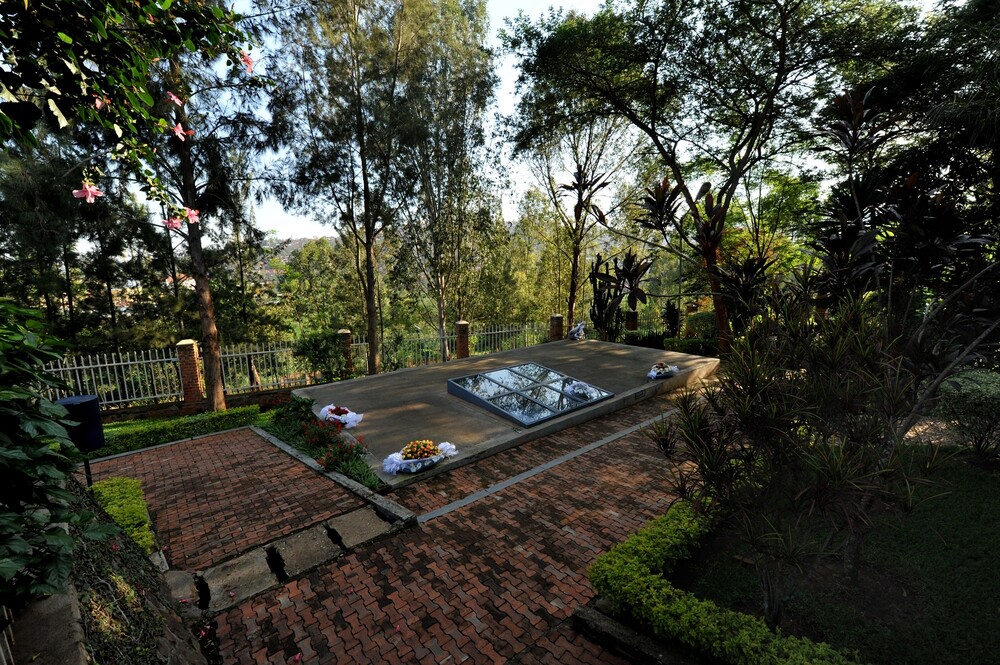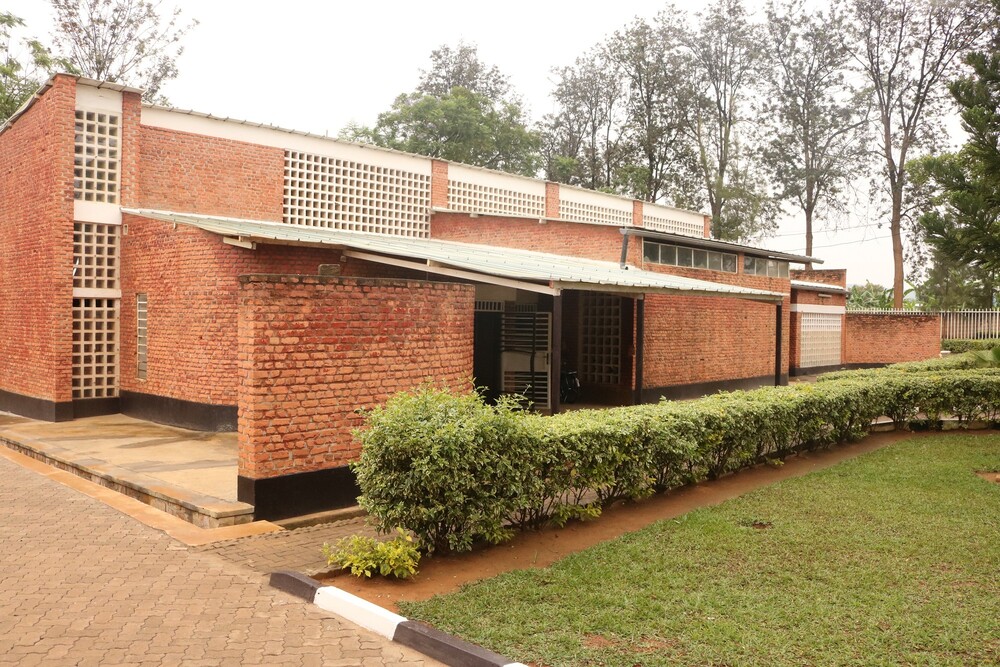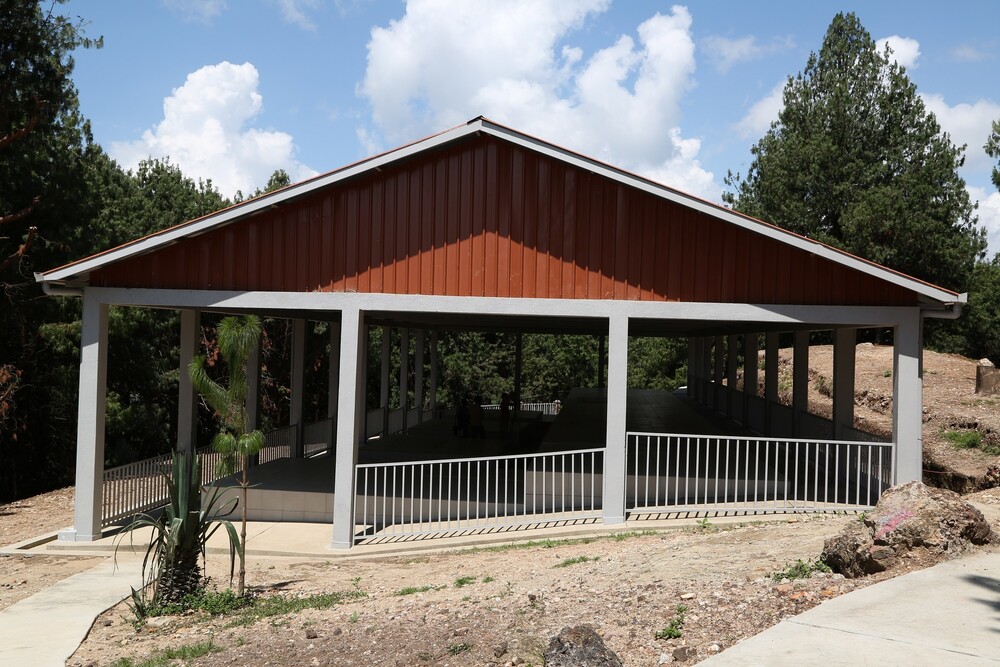The Best of Rwanda Cultural Tours (The Cultural Heartbeat of a Resilient Nation 2025-2026)
Rwanda, the “Land of a Thousand Hills,” offers a cultural journey that transcends its world-renowned natural landscapes and mountain gorilla safaris. A cultural tour of this nation is a deep and moving experience, revealing a tapestry woven from both the solemn threads of its tragic history and the vibrant, celebratory fabric of its ancient traditions. The report’s purpose is to provide a comprehensive guide to this unique duality, exploring the sites of memory and the living traditions that define modern Rwanda. This tension between a profound remembrance of the past and a determined focus on a hopeful future is what makes a Rwanda cultural safari so uniquely impactful.
The country’s cultural identity is a powerful synthesis of these two forces. On one hand, there are the hallowed grounds that bear witness to the 1994 genocide, spaces designed not just for mourning but for education, reconciliation, and peace. On the other hand, there are the royal palaces, museums, and community villages that proudly showcase a rich heritage of kings, warriors, and artisans, demonstrating a culture that has survived and continues to thrive. A visitor to Rwanda experiences this profound contrast firsthand, engaging with a nation that courageously remembers while steadfastly moving forward.

Traditional Intore dancers in Rwanda showcase a powerful warrior dance, accompanied by drums and horns, symbolizing strength and celebration.
Best of Rwanda’s Culture: Rwanda’s cultural tourism offers visitors the opportunity to explore the country’s most notable monuments, such as the Kigali Genocide Memorial. These sites, added to the World Heritage List by UNESCO, demonstrate the severity of the Tutsi massacre during the 1994 genocide. The Kigali Genocide Memorial, located in the capital city, houses over 250,000 dead Tutsi bodies. The Nyamata Genocide Memorial Site, located in the Bugesera area of Eastern Province, demonstrates the brutality of the killings. The Bisesero Genocide Memorial Site in Kibuye, Western Province, is a concrete manifestation of France’s betrayal.
The Tutsi held out against the killers until the Interahamwe and national defence forces overpowered them. The four sites were added to the World Heritage List by UNESCO, increasing international visibility and honouring the memory of the victims they represent. The best of Rwanda’s culture, the Memorial Tour, informs tourists about the atrocities of genocide and acts as a poignant memorial to those who died in the 1994 genocide.
Kigali Genocide Memorial (Gisozi): A National Focal Point for Remembrance
A highlight of the best Rwanda cultural safari is a visit to the Kigali Genocide Memorial in Gisozi, the country’s primary site of remembrance. More than 250,000 victims of the 1994 Genocide against the Tutsi are laid to rest here, making it both a dignified burial ground and a national symbol of resilience.
The memorial combines history, education, and healing. Its three permanent exhibitions guide visitors through:
- The main exhibition presents a chronological narrative of the genocide, tracing its causes, events, and aftermath.
- The Children’s Memorial, an especially moving section where photos, toys, and last words honor the youngest victims.
- The global exhibition, which places Rwanda’s tragedy in the broader context of genocides worldwide.
Walking through the memorial is a deeply emotional journey. Survivor testimonies, powerful video clips, archival documents, and preserved artifacts offer a raw and unforgettable perspective. Many tours are guided by survivors themselves, transforming the visit from a history lesson into a profoundly personal encounter. For those who prefer reflection, audio guides provide in-depth commentary while allowing space for individual processing.
Outside, the memorial’s rose gardens, water features, and peaceful landscapes offer a place for quiet contemplation after the intensity of the exhibits. Here, visitors often pause to reflect on what they’ve witnessed, finding a moment of calm amidst a story of unimaginable suffering.
The Kigali Genocide Memorial is not only central to Rwanda’s healing but also to its cultural identity. Visiting is a sobering, yet essential part of any Rwanda cultural tour, reminding travelers that understanding Rwanda today requires engaging with both its painful past and its hopeful future.
The Kigali Genocide Memorial is accessible every day from 8 a.m. to 5 p.m. Admission is free; however, we recommend leaving a donation of at least $10.

Flame of hope at Gisozi site

Tombs with glass openings at the Gisozi site
Nyamata Genocide Memorial: Unfiltered Reminders of Betrayal and Loss
Located about 35 kilometers south of Kigali in the Bugesera district, the Nyamata Genocide Memorial stands inside a former Catholic church where more than 25,000 people were massacred during the 1994 Genocide against the Tutsi. Families had sought sanctuary within the church walls, believing it to be a place of safety. Instead, it became the scene of unimaginable horror when Hutu militias attacked with grenades and heavy weapons.
What makes Nyamata particularly powerful is its raw preservation. Unlike a traditional museum, the site remains largely as it was in 1994. Visitors can still see shrapnel holes in the ceiling, bloodstained clothing on the pews, and an altar marked by violence. Beneath the church, underground burial chambers house the remains of thousands of victims, with bones still bearing the scars of brutal attacks. This unfiltered reality is a deliberate choice: a refusal to sanitize history and a direct stand against genocide denial.
Many of the survivors share testimonies that bring the tragedy into sharp human focus, recounting how entire families perished in what was meant to be a sanctuary. The experience is harrowing but deeply necessary, allowing visitors to bear witness to Rwanda’s darkest days.
Nyamata also connects to the wider story of genocide remembrance across the country. The Bisesero Memorial in Western Rwanda, where Tutsi resistance fighters were abandoned by French peacekeepers before being overwhelmed, tells another chapter of betrayal and loss. Alongside Nyamata, Gisozi, and Murambi, Bisesero is now inscribed on the UNESCO World Heritage List, ensuring these sites gain international recognition as vital places of memory and education.
For anyone undertaking the best Rwanda cultural safari, the Nyamata Genocide Memorial is an essential stop. It is not just a historical site, but a living testimony, one that honors the victims, confronts denial, and educates generations about the importance of remembrance, justice, and peace.
Murambi Genocide Memorial Centre: Preserving History for Future Generations
The Murambi Genocide Memorial Centre, located in southern Rwanda, is among the most difficult yet important sites to visit on a Rwanda cultural tour. Once a technical school, it became the site of a mass killing where an estimated 50,000 Tutsis lost their lives during the 1994 genocide.
What sets Murambi apart is its stark approach to remembrance. In former classrooms, 848 bodies were exhumed, preserved with lime, and placed on display. This controversial but deliberate choice ensures that the genocide’s reality cannot be minimized or denied. Here, history is not presented only through text panels or photographs but through the undeniable presence of those who perished.
The memorial’s curators emphasize that these preserved remains are “true witnesses” to the genocide. The display is not intended to shock for its own sake, but to confront denial and provide an unfiltered education for present and future generations. The experience is deeply visceral and emotionally challenging, but it is also profoundly educational.
For many visitors, Murambi leaves the most indelible impression of all Rwanda’s genocide memorials. It pushes the boundaries of memorialization by compelling travelers to confront the human cost of hatred in the most direct way possible. As part of the best Rwanda cultural safari, Murambi serves as a sobering reminder of the past and an urgent call to safeguard peace for the future.
Bisesero Genocide Memorial Site: Honoring the Spirit of Resistance
The Bisesero Genocide Memorial, located in Rwanda’s Western Province near Kibuye, tells a different but equally vital story within the nation’s remembrance landscape. Unlike other memorials that focus primarily on the massacre, Bisesero honors the courage of the Tutsi community, who organized a determined resistance against their attackers. For over two months, armed with little more than stones and makeshift weapons, they fought back against overwhelming forces before finally being overpowered.
The memorial itself is deeply symbolic. Visitors ascend a stone path that gradually narrows, representing the dwindling hope of the resistance fighters as their numbers fell. This design emphasizes not only loss but also the extraordinary bravery of those who chose to resist, even in the face of impossible odds.
Bisesero’s role in Rwanda’s national memory is to highlight agency, defiance, and resilience. It serves as a counterpoint to narratives of victimhood, showing that even in the darkest moments, there was a fierce will to survive and protect. Survivor testimonies and guided tours on site further bring this spirit of defiance to life.
Today, the Bisesero Genocide Memorial stands alongside Kigali, Nyamata, and Murambi as one of the four memorials inscribed on the UNESCO World Heritage List. This recognition ensures international visibility, honors the victims and survivors, and underscores the importance of remembrance in the global fight against genocide denial.
As part of the best Rwanda cultural safari, visiting Bisesero is a profoundly moving experience. It not only pays tribute to the lives lost but also celebrates the extraordinary courage that continues to inspire Rwanda’s journey of resilience and renewal.
Umuganda
The Best of Rwanda’s Culture is portrayed in the Umuganda a Rwandan traditional activity in which Rwandese get together to work for the betterment of their communities. Rwandans set aside their businesses on the last Saturday of each month for public works initiatives, making Rwanda the cleanest city. This event has an impact on tourist activities such as Kigali city tours, so when organizing a Rwanda tour, keep the last Saturday of the month in mind.
Also known as community work to contribute to the overall national development, it was reintroduced to Rwandan life in 1998 as part of efforts to rebuild the country after the 1994 Genocide against the Tutsi. Umuganda has made Rwanda clean, and Kigali is one of the cleanest cities in Africa.
Umuganda – Tree Planting at Nyandungu Urban Wetland Ecotourism Park | Remarks by President Kagame.





